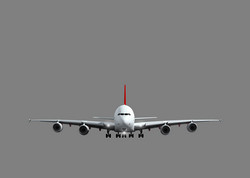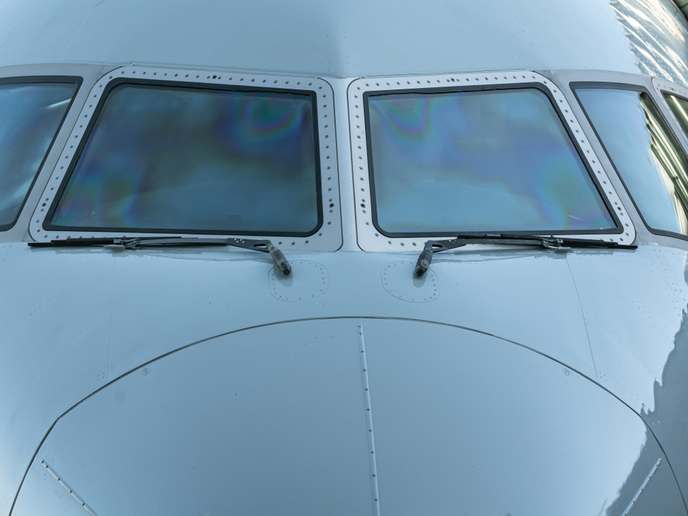A microphone array for measuring aircraft noise
Air traffic has been continuously increasing over the past decades. For this growth to be maintained without adversely affecting the quality of life of people who live close to airports, it is necessary to reduce the impact that air traffic holds – whether this is pollutant emissions or excessive noise. Scientists working on the EU-funded project SOUNDTRACK (The autonomous assessment of aircraft sound power and position) proposed the use of an array of microphones to measure aircraft noise. Such measurements at multiple locations could form the basis for noise assessments. Measurements from omnidirectional microphones are strongly influenced by noise sources like ground reflections and wind turbulence. Being able to decompose the noise for different angles gave SOUNDTRACK researchers the opportunity to suppress unwanted noise from specific directions. Each virtually directional microphone is 'built' by synthesising the signals of a pair of omnidirectional microphones. The SOUNDTRACK team demonstrated that such microphones help to attenuate ground reflections so that simple time difference of arrival techniques can be applied and low error levels achieved. The direction of noise signal can be determined based on the relative time delay between spatially separated microphones. The performance of the array was analysed through computer simulations showing that errors in the estimation of the noise direction depends on the ground impedance and the source angle. Experimental measurements collected in an anechoic chamber demonstrated the advantages of using directional microphones. Through extensive tests, project scientists proved that classical cross-correlation techniques are effective for different aircraft noise signals. With accurate measurements of the noise produced by an aircraft landing or taking off, it will be possible to assess the effectiveness of noise mitigation measures. SOUNDTRACK technology can help to identify the most reliable measures while preserving the volume of aircraft operations of today's busy airports.







